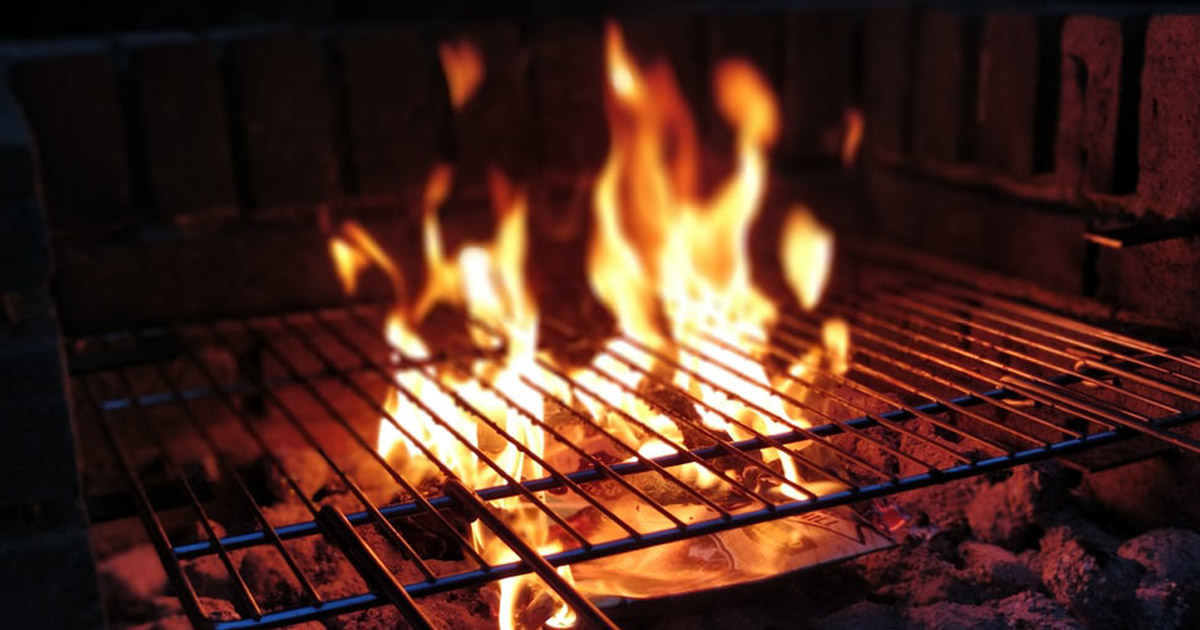When you enter the word "pancake" into one of the common translation tools, the word is translated as "Pfannkuchen" or "Eierkuchen". Does this mean that pancakes and Pfannkuchen are essentially the same thing? Or is there a difference between pancakes and Pfannkuchen? In this article, we aim to answer these exact questions. Additionally, we've compiled some curious facts for you, all about pancakes!
The History of Pfannkuchen and Pancakes
Pfannkuchen have been prepared by various cultures for many years. Unfortunately, the origin of Pfannkuchen cannot be definitely traced anymore. It is certain, however, that even the ancient Romans had seasoned egg dishes on their table that closely resembled Pfannkuchen. However, flour was omitted from the list of ingredients.
Another possible origin of Pfannkuchen could be the earlier flatbread, which was prepared similarly very flat like the Pfannkuchen. Since Pfannkuchen evolved over many years and was likely prepared and interpreted differently by different cultures and regions, the exact origin of the egg dish cannot be confidently determined.
However, it is likely that the Pfannkuchen, as we know it today, originated from medieval Europe. At that time, dishes were prepared that were very similar to omelets. The addition of flour probably led to the creation of the first Pfannkuchen.
Until today, various regional variations of Pfannkuchen have developed, which is why Pfannkuchen are known by different names in different parts of Germany. Pfannkuchen is also often referred to as Eierkuchen, in Austria it's called Palatschinken, while in France, it's called Crêpe. Eierpuffer, Flädle, or Plinse are largely synonyms for the well-known Pfannkuchen.
In the USA, Pfannkuchen were known as "flapjacks" or "griddle cakes" for a long time. It wasn't until the late 19th century that the term "pancake" became established in North America, under which the sweet dish is still known today.
Pfannkuchen and Pancakes – the Difference
Pfannkuchen can be used to create extremely diverse dishes. The variety ranges from sweet Pfannkuchen with apples, blueberries, or jam to the savory version with salami, cheese, or bacon. The somewhat sweet Pancakes, on the other hand, are often an integral part of breakfast in the USA (especially in the southern states). People there particularly enjoy Pancakes with maple syrup and butter. But even the savory version with fried bacon and sausages is very popular in the USA.
However, visually, Pfannkuchen and Pancakes also differ. While the American version is usually smaller, but much thicker and fluffier, the larger Pfannkuchen in Germany are quite flat. Differences can also be seen by examining the texture of the surfaces more closely. While the American Pancake has a smooth, mostly even surface and is lightly golden-brown, the surface of Pfannkuchen is noticeably rougher. In Germany, Pfannkuchen are also often baked to be crispy and brown.
Since the Pfannkuchen often serves as a base to be combined with other ingredients, its taste is usually relatively neutral. Pancakes, on the other hand, taste somewhat sweeter when tasted plain.
The visual and taste differences can be easily explained by taking a look at the preparation and the ingredient list of Pancakes and Pfannkuchen. While the basic ingredients (flour, eggs, milk, and salt) are the same in the basic recipe, a bit of baking powder is added to American Pancakes. This results in the formation of small bubbles during baking. These bubbles, in turn, give the Pancake its distinctive "fluffiness".
Another important difference is the ratio of ingredients. We've already established that the basic ingredients are mostly the same, but not their respective quantities. The Pfannkuchen batter has a higher proportion of eggs and milk. This results in the Pfannkuchen being significantly denser and not as airy as its American counterpart. Due to the higher proportion of eggs and milk, the (comparatively more liquid) batter spreads much more easily in the pan. The somewhat stickier and thicker batter of the Pancakes generally retains its original shape.
There are also differences in the preparation of Pancakes and Pfannkuchen. While the Pfannkuchen (at least in the savory version) is fried with butter or clarified butter, Pancakes are typically cooked using a little oil for frying.
American Pancakes – Our Recommendation
If you'd like to try American Pancakes, we can recommend the various baking mixes from Stonewall Kitchen:
- All Natural Farmhouse Pancake & Waffle Mix (454 g or 936 g) – American breakfast for the whole family
- Blueberry Pancake & Waffle Mix – Pancakes with delicious blueberries
6 Curious Facts About Pancakes You Probably Didn't Know
- September 26th is National Pancake Day, and January 28th is annually celebrated as National Blueberry Pancake Day.
- The largest pancake ever made (in 1994) had a diameter of 15 meters, weighed around 3 tons, and had an estimated 2 million calories.
- The most likely expensive pancakes in the world are made in the five-star restaurant of the Radisson Blu Edwardian Hotel. The pancakes contain pink Dom Perignon champagne, lobster, truffles, and caviar. A single dish costs around $1,166.
- The town of Olney in England has been organizing a Pancake Race every year since 1445 to celebrate "Pancake Day".
- The record for the highest pancake toss in the world is around 9.45 meters.
- The record for the most pancake flips within 2 minutes is 349.




